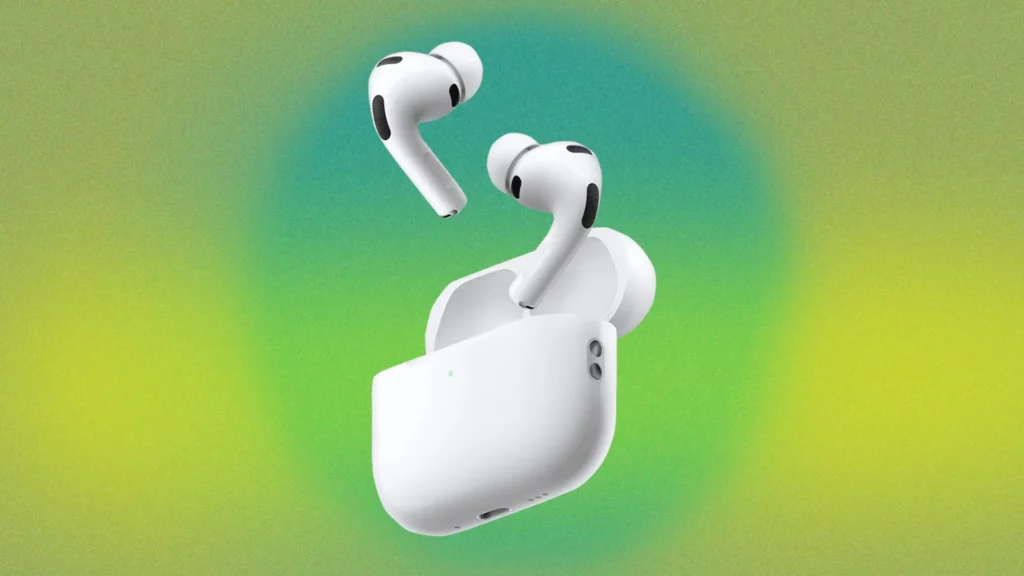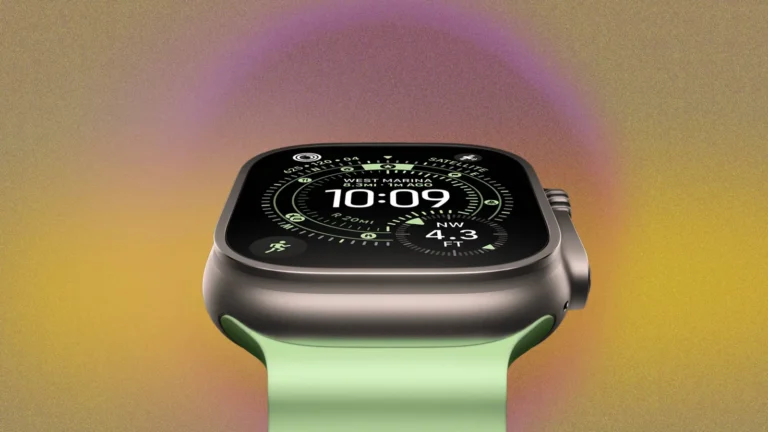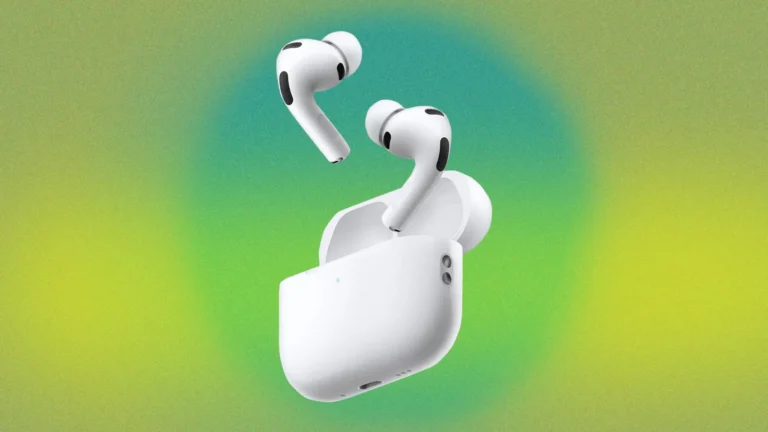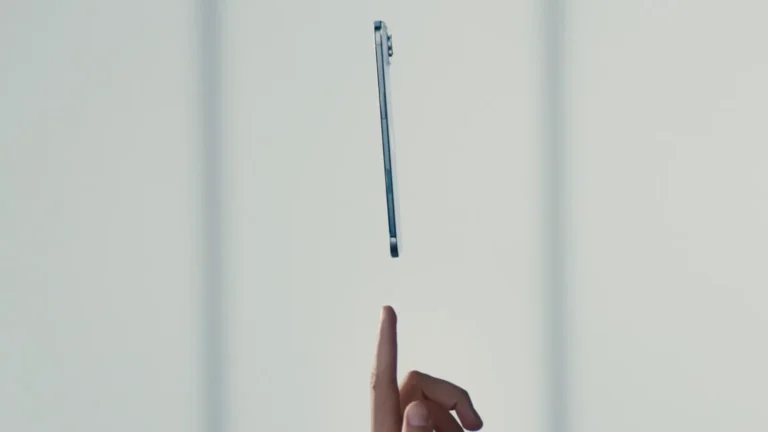The robotics industry is advancing rapidly, with humanoid robots becoming more capable and versatile. However, their high cost has often limited access to large corporations or well-funded research labs. The Unitree R1, launched in July 2025 by Unitree Robotics, changes this by offering a humanoid robot at an unprecedented price of $5,900. This affordable, agile, and AI-powered robot is designed to bring cutting-edge technology to developers, researchers, and educators, potentially transforming how we interact with and develop robotics.
In this blog post, we’ll dive into the Unitree R1’s features, capabilities, intended uses, and limitations, exploring why it’s a significant step toward making humanoid robotics accessible to all. Whether you’re a tech enthusiast, a researcher, or simply curious about the future of robotics, the R1 offers an exciting glimpse into what’s possible.
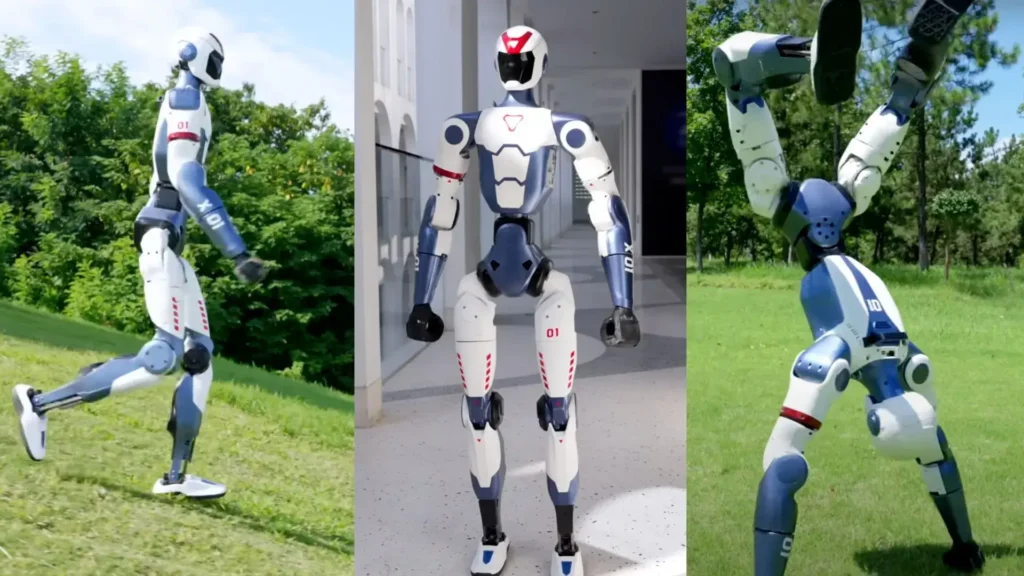
What is the Unitree R1?
The Unitree R1 is a compact humanoid robot developed by Unitree Robotics, a Hangzhou-based company founded in 2016 by Wang Xingxing. Standing at approximately 4 feet (1.2 meters) tall and weighing just 25 kg (55 lbs), the R1 is designed to be lightweight and agile. Its most striking feature is its price: starting at $5,900, it’s one of the most affordable humanoid robots on the market.
Comparison with Other Robots
To understand the R1’s significance, let’s compare it to other humanoid robots:
| Robot | Price | Height | Weight | Key Features |
|---|---|---|---|---|
| Unitree R1 | $5,900 | 1.2 m | 25 kg | 26 joints, multimodal AI, SDK support |
| Unitree G1 | $13,800 | 1.3 m | 35 kg | Dexterous hands, advanced sensors |
| Unitree H1 | $90,800 | 1.8 m | 47 kg | Industrial-grade, high torque |
| Tesla Optimus | ~$20,000 (est.) | ~1.8 m | Unknown | General-purpose, not yet available |
| Figure AI Figure 02 | ~$50,000 (est.) | Unknown | Unknown | Advanced manipulation, AI-driven |
The R1’s low price and lightweight design make it stand out, especially compared to Unitree’s own G1 and H1 models, which are more expensive and suited for industrial applications. Competitors like Tesla’s Optimus and Figure AI’s Figure 02 are significantly pricier, positioning the R1 as a game-changer for budget-conscious users.
Unitree Robotics: A Brief Overview
Unitree Robotics has made a name for itself by developing high-performance, cost-effective robots. Founded in 2016, the company initially gained attention with its quadruped robots, such as the Go1 and Go2, which are used for tasks like inspection and fire rescue. Unitree’s focus on in-house development of core components like motors, reducers, and sensors has allowed it to keep costs low while maintaining quality. The company’s success in the quadruped market, coupled with its recent ventures into humanoid robotics, has earned it a valuation of $1.7 billion and recognition at events like the 2022 Winter Olympics and the 2023 Super Bowl.
Key Features and Capabilities
The Unitree R1 is packed with features that make it a compelling choice for robotics enthusiasts and professionals alike. Here’s a detailed look at what it offers:
Agile Movement
With 26 joints, the R1 is designed for dynamic and agile movements. Unitree has showcased its capabilities in promotional videos, where it performs cartwheels, handstands, and martial arts-like kicks. These feats demonstrate the robot’s potential for applications requiring mobility and balance, such as research into bipedal locomotion or dynamic human-robot interactions.
Multimodal AI
The R1 is equipped with a multimodal AI system that integrates voice and image recognition. It features a binocular camera and a four-microphone array, allowing it to perceive and interact with its environment. This makes the R1 suitable for studying human-robot interaction (HRI), as it can respond to gestures, recognize faces, and process spoken commands.
Connectivity and Integration
The R1 supports Wi-Fi 6 and Bluetooth 5.2, ensuring seamless connectivity with other devices and systems. This makes it easy to integrate into various setups, whether in a lab, classroom, or prototyping environment.
Customization with SDK Support
One of the R1’s standout features is its open architecture, which includes SDK (Software Development Kit) support. This allows developers to customize the robot’s functionality, tailoring it to specific research or application needs. Whether you’re developing new AI algorithms or testing navigation systems, the R1 provides a flexible platform for innovation.
Technical Specifications
| Feature | Details |
|---|---|
| Height | ~1.2 meters (4 feet) |
| Weight | 25 kg (55 lbs) |
| Joints | 26 |
| AI Capabilities | Voice and image recognition |
| Connectivity | Wi-Fi 6, Bluetooth 5.2 |
| Battery Life | ~1 hour per charge |
| Price | Starting at $5,900 |
These specifications highlight the R1’s balance of affordability and functionality, making it an attractive option for a wide range of users.
Intended Use and Target Audience
The Unitree R1 is not designed for heavy-duty industrial tasks like its more advanced counterparts, the G1 and H1, which are used in factories by companies like Nio and Geely. Instead, it targets a different audience:
- Individual Developers: The R1’s low price and open SDK make it accessible to hobbyists and independent developers looking to experiment with humanoid robotics.
- Research Institutions: Its agility and AI capabilities make it ideal for robotics labs studying bipedal locomotion, HRI, or autonomous navigation.
- Educational Institutions: Universities and schools can use the R1 as a teaching tool to inspire students and provide hands-on experience with robotics.
By focusing on research, development, and education, the R1 lowers the barrier to entry for humanoid robotics, enabling more people to contribute to the field’s advancement.
Limitations and Challenges
While the Unitree R1 is a breakthrough in affordability, it does have some limitations that users should be aware of:
- Lack of Dexterous Hands: Unlike the G1 and H1, the R1 does not have dexterous hands, limiting its ability to manipulate objects. This makes it less suitable for tasks requiring fine motor skills.
- Short Battery Life: With only about one hour of operation per charge, the R1 may not be ideal for applications requiring extended use.
- Early-Stage Development: The global humanoid robotics industry is still in its early stages, and the R1 is primarily a research and development platform. Some features are still being tested and may not be fully available at launch.
These limitations are expected given the R1’s price point and focus on accessibility. For users looking for a platform to experiment and innovate, these trade-offs are likely acceptable.
The Impact of Affordable Humanoid Robots
The Unitree R1 represents a significant step toward democratizing humanoid robotics. By offering a capable robot at a fraction of the cost of its competitors, Unitree is making advanced technology accessible to a broader audience. This could lead to a surge in innovation, as more developers, researchers, and educators experiment with humanoid robots.
Potential Future Applications
While the R1 is currently focused on research and education, its affordability and capabilities suggest exciting possibilities for the future:
- Service Robotics: As technology advances, future iterations of the R1 could be used in service roles, such as assisting in homes or public spaces.
- Education and Training: The R1 could become a standard tool in classrooms, helping students learn about robotics, AI, and programming.
- Prototyping and Innovation: Developers can use the R1 to prototype new applications, from autonomous navigation to interactive AI systems.
Broader Industry Impact
Unitree’s focus on cost reduction through in-house development and large-scale production sets a precedent for the robotics industry. As manufacturing costs continue to decline, we may see even more affordable and capable robots entering the market. This could lead to a future where humanoid robots are as common as smartphones, transforming industries and everyday life.
The Unitree R1 is a groundbreaking humanoid robot that combines affordability, agility, and advanced AI in a compact package. Priced at just $5,900, it opens up the world of humanoid robotics to developers, researchers, and educators who might have been priced out by more expensive models. While it has limitations, such as the lack of dexterous hands and a short battery life, its open architecture and dynamic capabilities make it an ideal platform for innovation.
As we look to the future, the R1 represents a significant step toward making humanoid robotics accessible to all. It’s a testament to Unitree Robotics’ commitment to pushing the boundaries of what’s possible, and it’s an exciting opportunity for anyone interested in shaping the future of robotics. Whether you’re a developer prototyping new ideas, a researcher exploring AI, or an educator inspiring the next generation, the Unitree R1 is a gateway to a new era of humanoid robotics.

